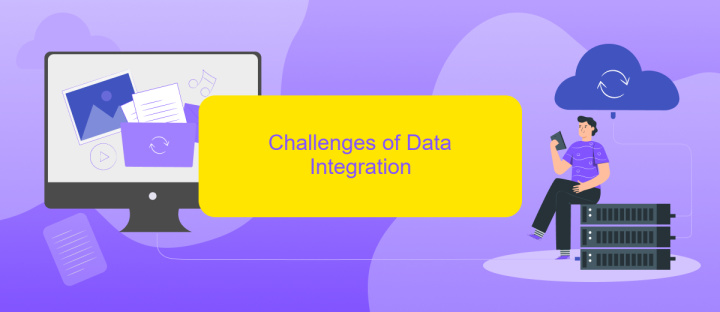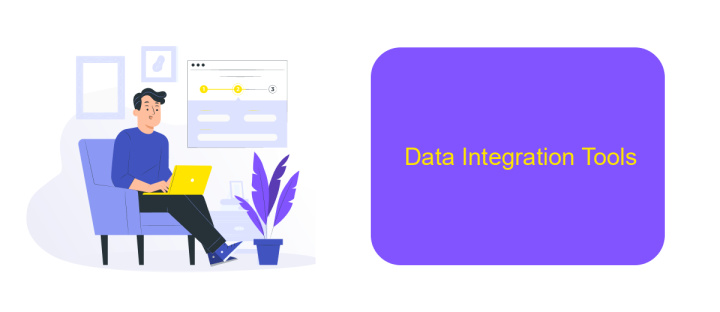Data Integration Types
Data integration is a crucial process in today's data-driven world, enabling organizations to consolidate information from various sources into a unified view. Understanding the different types of data integration is essential for choosing the right approach for your business needs. This article explores the primary data integration types, including ETL, ELT, data virtualization, and more, to help you make informed decisions.
Types of Data Integration
Data integration involves combining data from different sources to provide a unified view. This process is essential for businesses aiming to leverage diverse data sets for better decision-making and operational efficiency. There are several types of data integration, each serving different needs and contexts.
- Manual Data Integration: Involves manually collecting and combining data from different sources. It is time-consuming and prone to errors.
- Mediated Data Integration: Uses a mediator or middleware to translate and combine data from various sources, providing a unified view.
- Application-Based Integration: Utilizes software applications to integrate data, often through APIs. ApiX-Drive is an example of a service that facilitates this type of integration efficiently.
- Uniform Data Access: Provides a consistent method to access data without actually moving it, ensuring data remains in its original source.
- Common Data Storage: Involves moving data into a single storage, such as a data warehouse, where it can be easily accessed and analyzed.
Choosing the right type of data integration depends on the specific needs and infrastructure of the organization. Tools like ApiX-Drive can simplify the process, making it easier to connect various applications and automate data workflows.
Benefits of Data Integration

Data integration offers numerous benefits, significantly enhancing the efficiency and effectiveness of business operations. By consolidating data from various sources, organizations can achieve a unified view of their information, leading to improved decision-making processes. This holistic approach allows for better data accuracy, consistency, and accessibility, which in turn enhances the quality of insights derived from the data. Moreover, data integration streamlines workflows and reduces the time spent on manual data handling, allowing employees to focus on more strategic tasks.
Implementing data integration can also lead to cost savings and increased productivity. Automated integration solutions, such as ApiX-Drive, simplify the process of connecting different data sources and systems without the need for extensive coding or technical expertise. This not only reduces the burden on IT departments but also ensures that data is seamlessly synchronized across platforms. As a result, businesses can respond more quickly to market changes and customer needs, gaining a competitive edge. Furthermore, integrated data systems enhance data security and compliance by providing centralized control and monitoring capabilities.
Challenges of Data Integration

Data integration poses several challenges that organizations must address to ensure seamless data flow and consistency. One of the primary issues is data quality, as inconsistent or incomplete data can lead to erroneous insights and decisions. Additionally, integrating data from diverse sources often involves dealing with different formats, which complicates the process and requires specialized tools and expertise.
- Data Quality: Ensuring the accuracy, completeness, and consistency of data from various sources.
- Data Format Compatibility: Handling different data formats and structures across multiple systems.
- Scalability: Managing the increasing volume and variety of data as the organization grows.
- Security and Compliance: Protecting sensitive data and adhering to regulatory requirements.
- Real-Time Integration: Achieving timely data synchronization across systems.
To address these challenges, organizations can leverage services like ApiX-Drive, which facilitate the integration process by providing automated workflows and seamless connectivity between various applications and data sources. By using such tools, businesses can enhance data quality, ensure compatibility, and maintain security while achieving real-time data integration.
Data Integration Tools

Data integration tools are essential for combining data from various sources into a unified view. These tools help organizations streamline their data processes, ensuring that information is consistent, accurate, and readily accessible. They can handle diverse data formats and sources, making it easier to integrate data from different systems and applications.
One of the key benefits of using data integration tools is their ability to automate the data integration process. This reduces the need for manual intervention, minimizing errors and saving time. Additionally, these tools often come with features that support data cleansing, transformation, and loading, which are crucial for maintaining data quality.
- ApiX-Drive: A versatile tool for setting up integrations without coding.
- Talend: An open-source platform for data integration and management.
- Informatica: A comprehensive suite for enterprise data integration.
- Microsoft Azure Data Factory: A cloud-based data integration service.
- IBM InfoSphere: A robust tool for large-scale data integration projects.
Choosing the right data integration tool depends on your organization's specific needs and technical requirements. Tools like ApiX-Drive are particularly useful for businesses looking for a user-friendly, no-code solution to integrate various applications and automate workflows efficiently.
- Automate the work of an online store or landing
- Empower through integration
- Don't spend money on programmers and integrators
- Save time by automating routine tasks
Best Practices for Data Integration
Effective data integration requires a strategic approach to ensure seamless and reliable data flow across systems. Start by clearly defining your integration goals and understanding the data sources involved. It’s crucial to maintain data quality by implementing validation rules and regular audits. Opt for scalable solutions that can grow with your business needs, and ensure that your integration architecture is flexible enough to adapt to new data sources and formats.
Utilizing automation tools like ApiX-Drive can significantly streamline the integration process. These tools offer user-friendly interfaces and pre-built connectors, reducing the need for extensive coding and manual intervention. Regularly monitor and maintain your integrations to promptly address any issues that may arise. Additionally, ensure compliance with data privacy regulations and implement robust security measures to protect sensitive information. By following these best practices, you can achieve efficient and secure data integration that supports your business objectives.
FAQ
What are the main types of data integration?
What is manual data integration?
What is middleware data integration?
What is the role of application-based integration?
How can I automate data integration processes?
Time is the most valuable resource for business today. Almost half of it is wasted on routine tasks. Your employees are constantly forced to perform monotonous tasks that are difficult to classify as important and specialized. You can leave everything as it is by hiring additional employees, or you can automate most of the business processes using the ApiX-Drive online connector to get rid of unnecessary time and money expenses once and for all. The choice is yours!


